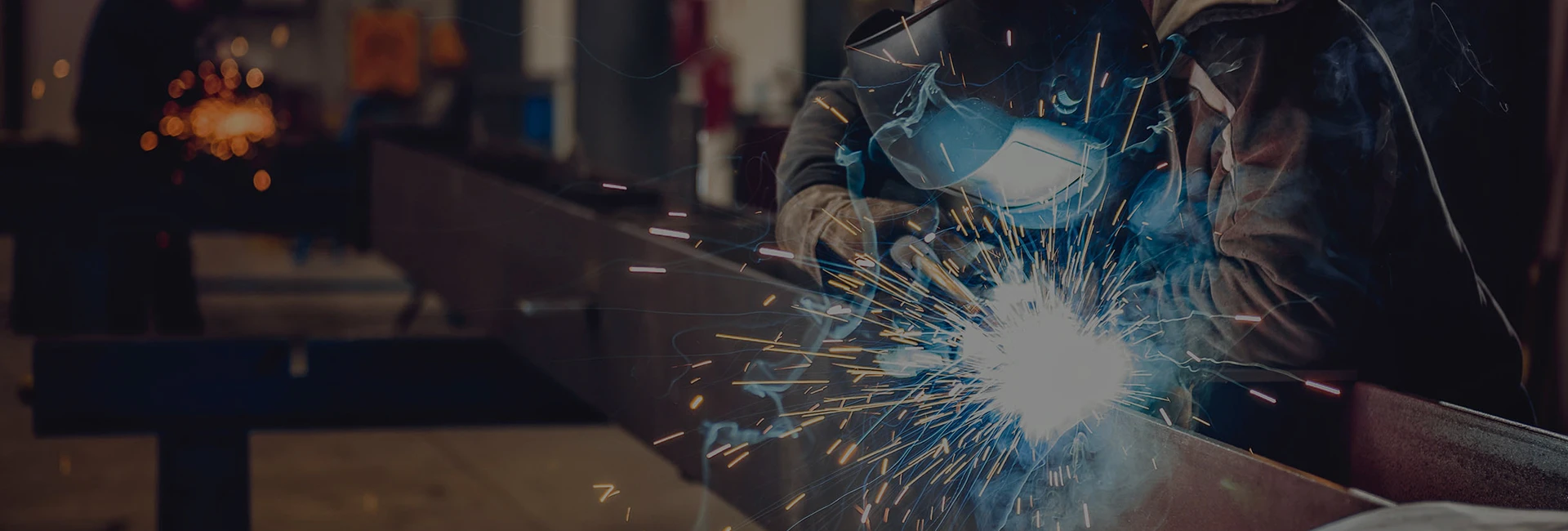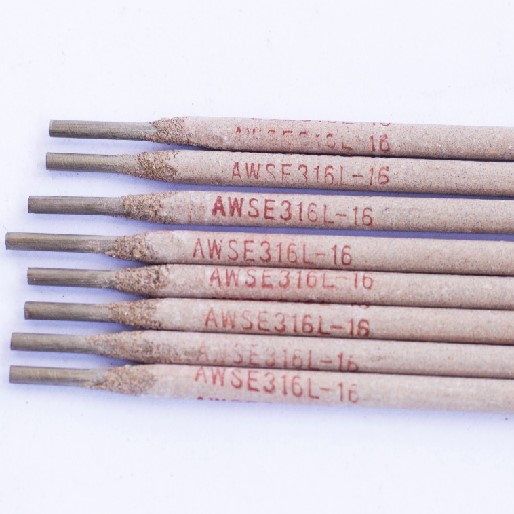Stainless steel electrodes are welding rods specifically designed for welding stainless steel materials, which are known for their corrosion resistance, durability, and strength. These electrodes are primarily used in Shielded Metal Arc Welding (SMAW) and are classified based on the stainless steel alloy they are compatible with, such as austenitic (e.g., 304, 308, 316), ferritic, or martensitic stainless steels. Stainless steel electrodes contain alloying elements like chromium, nickel, and molybdenum, which help maintain the corrosion resistance and mechanical properties of the base material.
The primary applications of stainless steel electrodes include industries where corrosion resistance and high strength are critical. For example, they are widely used in chemical processing plants, food and beverage equipment, and marine environments, where materials are exposed to moisture, acids, and other corrosive elements. In addition, stainless steel electrodes are used in pharmaceutical equipment, pressure vessels, and piping systems in oil and gas facilities.
For specific projects, electrodes such as E308L-16 are commonly used for welding 304 stainless steel, offering excellent weldability and low carbon content to reduce carbide precipitation and prevent corrosion. Similarly, E316L-16 electrodes are ideal for environments exposed to chlorides, such as seawater, due to their added molybdenum for enhanced pitting resistance. Overall, stainless steel electrodes ensure strong, durable welds that maintain the base metal’s corrosion resistance and structural integrity, making them essential for critical applications in demanding industries.
How Do Stainless Steel Electrodes Differ From Carbon Steel Electrodes?
Stainless steel electrodes and carbon steel electrodes are designed for welding different types of materials, and they differ significantly in composition, application, and performance. The primary difference lies in their alloy composition. Stainless steel electrodes contain high levels of chromium (at least 10.5%), along with nickel, molybdenum, and sometimes other elements, which provide corrosion resistance and strength. In contrast, carbon steel electrodes primarily consist of iron and carbon with minimal alloying elements, making them suitable for general-purpose welding of mild and low-alloy steels.
Stainless steel electrodes are specifically designed for applications where corrosion resistance and high-temperature performance are essential. They are used in environments exposed to moisture, chemicals, and extreme temperatures, such as marine structures, chemical plants, food-grade equipment, and pharmaceutical systems. On the other hand, carbon steel electrodes are better suited for structural welding, repairs, and applications where corrosion resistance is not a concern, such as construction, bridges, and heavy machinery fabrication.
Another difference is the welding characteristics. Stainless steel electrodes generally produce less spatter, offer excellent slag removal, and provide cleaner weld beads compared to carbon steel electrodes. This is particularly important for applications requiring clean, visually appealing welds. However, stainless steel electrodes require careful handling to avoid contamination with carbon steel, as impurities can compromise their corrosion resistance.
Additionally, stainless steel electrodes are often more expensive than carbon steel electrodes due to their alloy content, but their performance in critical applications justifies the cost. Carbon steel electrodes, such as E6010 or E7018, are more affordable and versatile for general-purpose welding.
What Factors Should Be Considered When Selecting A Stainless Steel Electrode?
When selecting a stainless steel electrode, several important factors must be considered to ensure the weld’s quality, strength, and resistance to corrosion. First, it is crucial to match the electrode with the base metal type. Stainless steel is classified into different grades, such as 304, 308, 316, and 410, and each requires a specific electrode. For example, electrodes like E308L-16 are ideal for welding 304 stainless steel, while E316L-16 electrodes are better for welding 316 stainless steel due to their molybdenum content, which enhances pitting resistance in chloride-rich environments.
The application environment is another key consideration. For welds exposed to highly corrosive conditions, such as seawater, acids, or chemicals, low-carbon electrodes (e.g., E316L) should be chosen to prevent carbide precipitation and intergranular corrosion. For high-temperature applications, electrodes that provide oxidation and scaling resistance are necessary.
The welding position must also be taken into account. Many stainless steel electrodes, such as E308L-16, are all-position electrodes, making them suitable for flat, vertical, overhead, and horizontal welding. This ensures flexibility in various projects and welding conditions.
The power source compatibility is equally important. Stainless steel electrodes are typically compatible with both AC and DC power supplies, but it is essential to verify the specific requirements of the electrode being used.
Other factors include weld appearance, ease of slag removal, and spatter levels. For projects requiring clean, smooth welds, electrodes that produce minimal spatter and easily removable slag are preferred. Additionally, cost can be a consideration, as stainless steel electrodes tend to be more expensive than carbon steel electrodes.
By carefully evaluating these factors—base material, application environment, welding position, power source, and desired weld characteristics—welders can select the most appropriate stainless steel electrode to achieve strong, corrosion-resistant, and high-quality welds.








